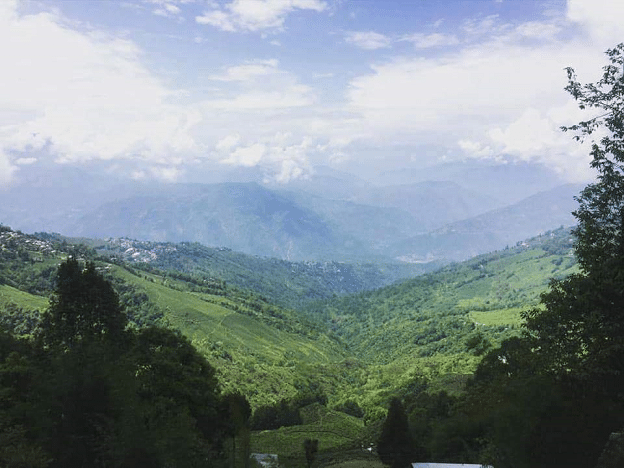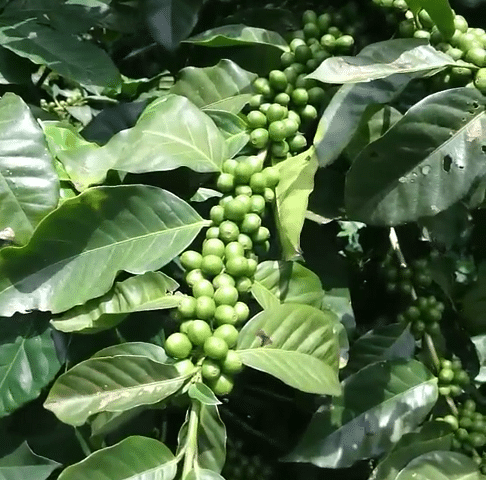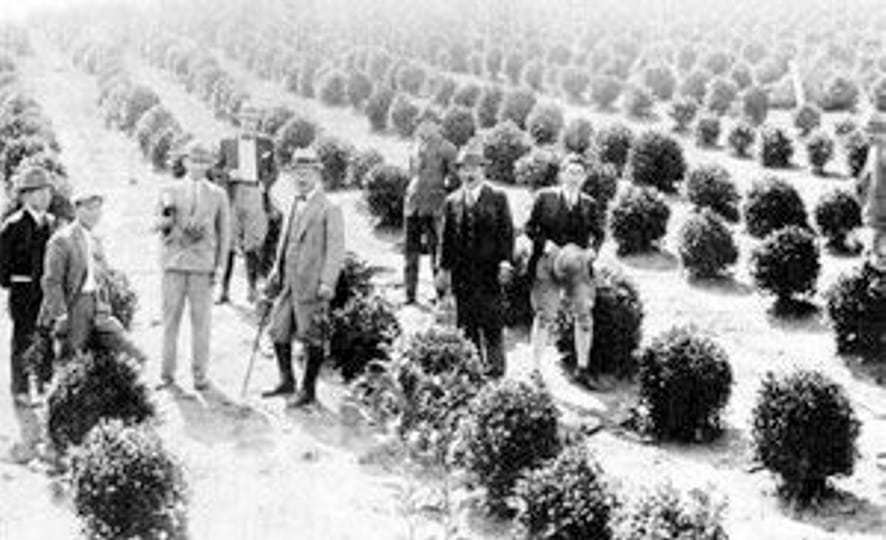The Kanchan View tea estate in Darjeeling has a rough history.

Photo by Rajiv Lochan
The garden was first established in the 1880s, where it first went by the name “Rungneet”. At the peak of its hundred-plus-year production, the 250-acre garden accounted for at least 100,000 kilos of tea a year. Now? It only does about ten percent of that. The reasons for this are long, complicated, and varied.





